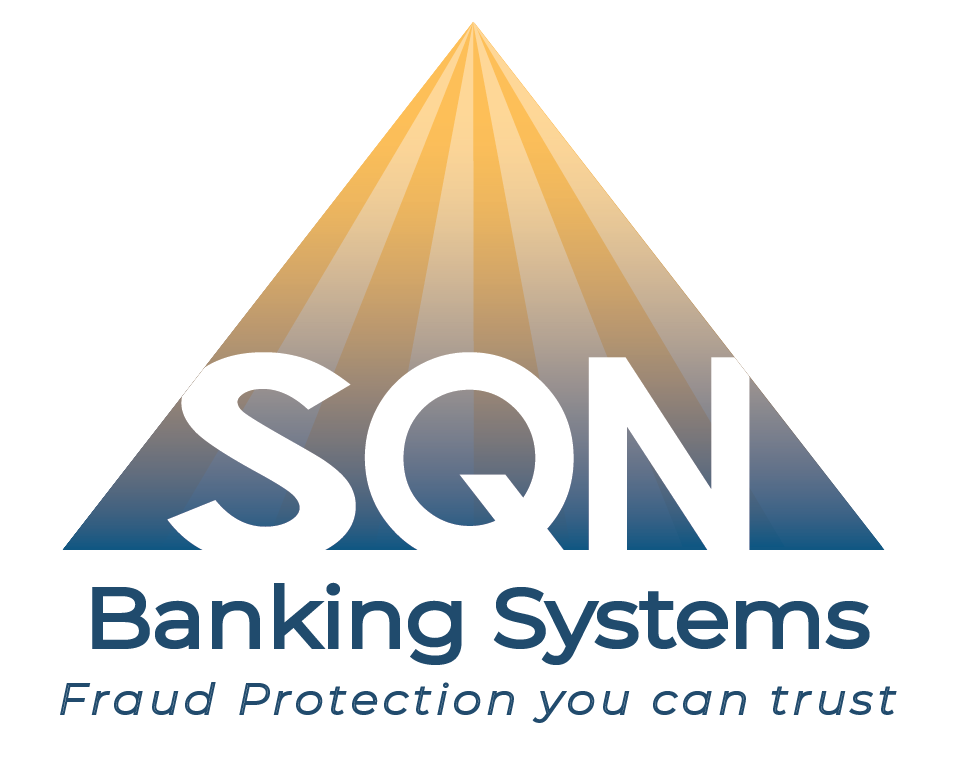 Electronic signatures are convenient for financial institutions and consumers, and if handled properly, they can offer the same level of security as traditional signatures. However, if you’re thinking about implementing or expanding the use of electronic signatures at your financial institution, you need to move forward cautiously and slowly.
Electronic signatures are convenient for financial institutions and consumers, and if handled properly, they can offer the same level of security as traditional signatures. However, if you’re thinking about implementing or expanding the use of electronic signatures at your financial institution, you need to move forward cautiously and slowly.
Keep these tips in mind as your financial institution embraces the use of electronic signatures.
1. Understand compliance requirements
Before adopting electronic signatures in any aspect of your financial institution, take time to ensure you understand the relevant regulations.
As you know, you may be dealing with multiple layers of bureaucracy including both federal e-signature laws and state laws related to the Universal Commercial Code (UCC). You need to ensure you set up signature processes that keep you compliant with industry standards and regulations.
2. Implement alternative authentication standards
With e-signatures, you are no longer using the shape or pen strokes of the signature to verify the signer’s identity. As a result, you need to ensure that you have authenticated the signer in other ways.
Ideally, you should integrate authentication measures into your internet banking system. This allows you to rely on the authentication process of that application to verify the e-signatures you have received.
Alternatively, you may be able to rely on other authentication methods. For example, if someone is opening a new account and you want to verify their identity before accepting their e-signature, you may ask them questions based on the information on their credit report.
In all cases, make sure that the level of the authentication process mirrors the risk associated with the transaction. For example, you need a higher level of authentication when allowing someone to e-sign a mortgage document than you do for a $500 overdraft protection.
3. Let customers switch to paper if desired
Although the world of finance is becoming increasingly digital, there may be times when your customers want to switch to paper. Changing from a digital process to a paper-based process is also called “dropping to paper” and you need to make this option available for your customers.
In some cases, if customers are not able to drop to paper, the document may lose its legal validity. Again, you need to ensure that you understand the legal implications of digital documents and e-signing before taking this route.
4. Consider working with an expert
To ensure you are handling the shift to e-signatures as effectively as possible, while also protecting your financial institution and your customers, you may want to consult with an expert. In particular, you may want to work with an attorney or a finance compliance expert.
5. Don’t drop the ball with traditional signatures
Even as your financial institution embraces e-signatures, it will likely still need to use traditional signatures. Don’t forget to have signature verification tools in place that can spot forgeries or identify fraudulent signatures on on-us checks or digital documents.
Although e-signing is becoming more popular, handwritten signatures are still important. The right tools can save time at the teller line, reduce the risk of fraud, and let you compare reference and suspect signatures in the same workflow.
You need the right line of defense to ensure that no forged signatures get past you, and we can help. At SQN Banking Systems, we offer a broad selection of services and solutions designed to help you detect and prevent bank fraud. To learn more about how we can help your financial institution, contact us today.
